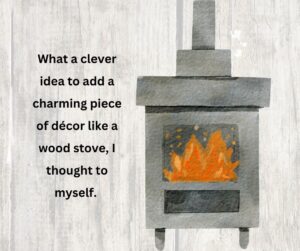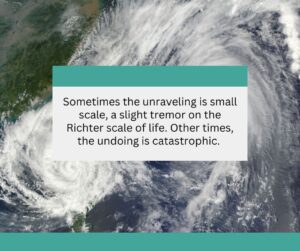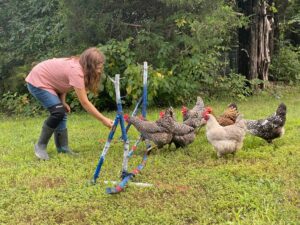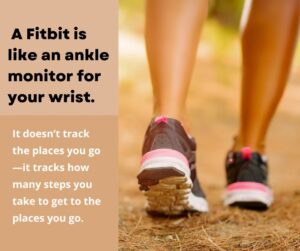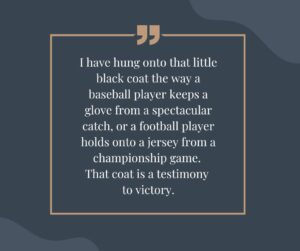My better half has a mind for dates, numbers and details, and enjoys family history and genealogy. There are many people who enjoy genealogy, and they have many wonderful conversations. Usually with one another.
Because I do not have the brain capacity for infinite details, dates and numbers, we have guidelines about him sharing his vast wealth of knowledge with me.
First, he is to share interesting findings in brief, condensed, modified form. Further, he is never to share generational history with me when I have my car keys in my hand or when I am working in the kitchen with the blender and the mixer simultaneously running full speed and I’m trying to take something out of a 450-degree oven.
He has ample time for these activities as he is retired. I am not.
He recently cut out a headline and put it on the ‘fridge: “Wife still working while retired husband travels.”
He finds this hilarious.
I asked him where he plans on going.
The other day he revealed that he had found something stunning on a genealogy site that a second cousin, 59 times removed, or something like that, had directed him to.
Instinct told me to grab my car keys, preheat the oven and start the mixer, but heard myself say, “What is it?”
He said, “There is documentation that my 12th great grandmother’s sister was a queen consort of Henry VIII.”
He begins moving from screen to screen to screen on his computer demonstrating how the hip bone is connected to the thigh bone and the thigh bone . . . no, wait, the screens are showing how one generation is connected to another generation, when suddenly there we were among Lords and Ladies and his 12th great grandmother’s royal sister, Anne Boleyn (who, incidentally, the king had beheaded for treason).
I tell the husband that I find it hard to believe that records from that long ago were kept in such detail, let alone preserved. How is it that paper lasted almost five centuries? Not a single water leak in the castle? No termites or silverfish? Surely the records were moved from time to time and papers were shuffled. How is it they weren’t accidently thrown out with someone’s junk mail in the 1700s?
I’m going to need something more tangible than a computer screen before I start decreeing myself a shirt-tail relative to royalty. Perhaps a memento of some sort that has been handed down through the generations. A key chain would do, a refrigerator magnet or even a ballpoint pen that says, “Consort of the King.”
When my maternal great grandfather came as a teen stowaway on a ship from Germany, he had some marbles in his pocket that are still in the family.
Likewise, I’d find the 12th great grandmother’s story more believable if someone had passed down the king’s shaving cup, or perhaps a signature ring. A jewel-studded crown falling into our possession would be fine, too. I try to stay flexible on these matters.
The husband is skeptical of my skepticism. (Is there no end to the cycle?)
“Show me an ancient carbon-dated hand towel or little soap stamped with VIII and I’m all in,” I say.
I wonder if people long, long ago would be as interested in finding us as we are in finding them.


